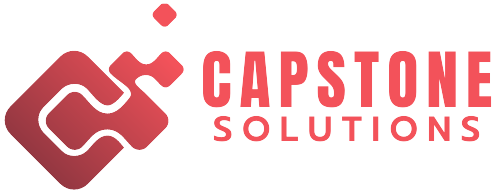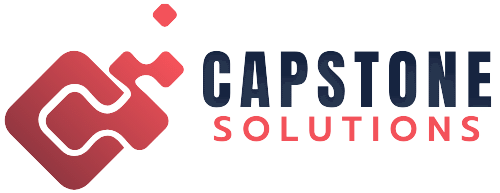In the UAE’s competitive talent market, effective employee onboarding isn’t just nice to have—it’s essential for retention and productivity. For companies to succeed in the UAE, a well-organized and efficient employee onboarding process is crucial. It not only facilitates a smooth transition for new hires into their designations but also improves employee engagement and creates a good work atmosphere.
Pre-Boarding: Setting the Stage for Success
The employee onboarding process actually begins the moment someone accepts your job offer. Usually, recruits are anxious to begin the job, so keep this period to no more than 7 days. Make day one simple and smooth. This pre-boarding phase is your opportunity to show professionalism and build excitement.
The Legal Foundation: Start with the formal job offer that clearly outlines the position, salary, benefits, probationary period (typically 3-6 months), working hours, and other terms of employment. Remember, in the UAE, the probation period should not be longer than six months.
Documentation and Compliance: Getting the Paperwork Right
Documentation Checklist:
- Employment contract with probation terms clearly stated
- Work permit and visa documentation
- Emirates ID application and processing
- Bank account setup assistance
- Medical insurance enrollment
- Emergency contact information and next-of-kin details
The Critical First Week: Building Connection and Clarity
Day One Essentials: On their first day, you should have their login information, company ID, security information, and office details ready. Nothing says “we’re prepared for you” like having everything waiting when they arrive.
The 4 Cs Framework: The 5 Cs of onboarding encompass compliance, clarification, culture, connectio,n andcheck-inn. The first C, standing for compliance, signifies that an employee needs to be briefed on the rules and regulations of an organization. This framework ensures you cover all critical areas systematically.
Ongoing Integration: The 90-Day Journey
30-Day Check-in: Schedule a formal review at the one-month mark. This isn’t about performance evaluation—it’s about ensuring they have what they need to succeed. Address any concerns, clarify expectations, and adjust support as needed.
60-Day Assessment: By two months, new employees should be finding their rhythm. Use this checkpoint to discuss career development opportunities and gather feedback about their onboarding experience.
90-Day Integration: This marks the transition from new hire to established team member. Conduct a comprehensive review covering performance, satisfaction, and future goals.
Digital Tools and Cultural Integration
Digital Efficiency: Use onboarding platforms to manage documentation, track progress, and ensure nothing falls through the cracks. Automated reminders help both HR teams and new employees stay on top of requirements.
Cultural Considerations: The UAE’s multicultural workplace requires sensitivity to different backgrounds and expectations. Some employees may be relocating from other countries, while others are UAE nationals with different needs and perspectives.
Feedback Loops: Create multiple channels for new employees to share their experiences and suggestions. This feedback becomes invaluable for improving your employee onboarding process continuously.





